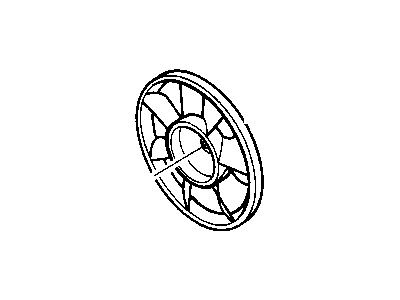
My Garage
My Account
Cart
Genuine Chrysler Cirrus Engine Cooling Fan
Radiator Fan- Select Vehicle by Model
- Select Vehicle by VIN
Select Vehicle by Model
orMake
Model
Year
Select Vehicle by VIN
For the most accurate results, select vehicle by your VIN (Vehicle Identification Number).
2 Engine Cooling Fans found
Chrysler Cirrus Engine Cooling Fan
Looking for affordable and high-quality auto parts? Then you have already arrived at the proper online shop. We offer all Chrysler Cirrus Engine Cooling Fan at great affordable prices. Moreover, all genuine Chrysler Cirrus Engine Cooling Fan come with a manufacturer's warranty. In the long run, you would realize you have saved a lot of trouble and money with OEM parts from here.
Chrysler Cirrus Engine Cooling Fan Parts Questions & Experts Answers
- Q: How to diagnose and address cooling fan issues on Chrysler Cirrus?A:If cooling fan issues are to be diagnosed and addressed, the functionality of its motor needs to be checked first. If the engine is overheating and the cooling fan doesn't come on, unplug the motor's electrical connector; then using fused jumper wires, connect it directly to the battery. Replace this motor if it still doesn't work. Each motor should be tested separately as they are connected to RFI module. The low-speed one has two-pin connector while high-speed one comes with three-pins connector. When the motor is okay but does not engage if the engine gets hot, there could be a problem with Coolant Temperature Sensor, wiring between these components or engine control computer and fan relays. The PCM receives resistance from the coolant temperature sensor located in thermostat housing that varies with temperature change. Take off fan relays and inspect their resistance. Inspect all wires and their connections carefully. In case no visible problems have been identified, think about professional diagnosis using suitable diagnostic equipment for your vehicle year make model . Disconnect negative battery cable for removal, next remove fan motor electrical connector . Remove upper radiator crossmember as well as shroud ad blade from above mentioned part . Unfasten motor from shroud . Ensure that rubber air shields around assembly remain intact during installation so as to ensure efficient cooling system operating condition.













